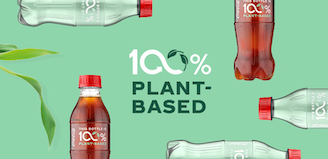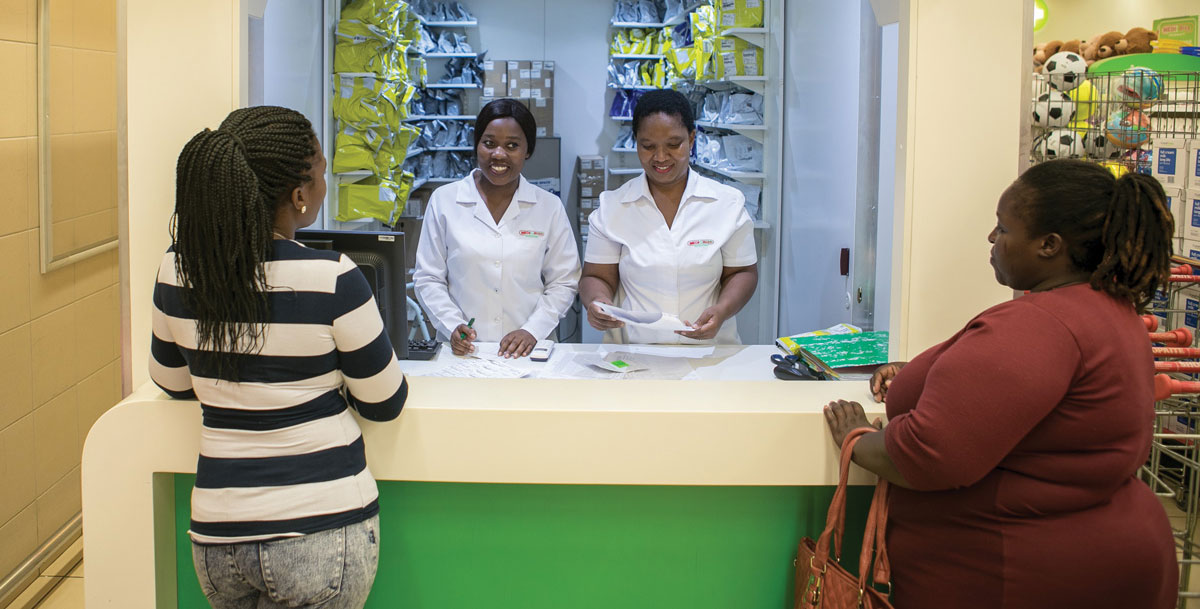A history of emissions reduction efforts
The Coca‑Cola Company has a long history of tracking our environmental impact across our value chain. Since the late 1990s, we have been tracking energy usage from our production facilities across the world, a subset of our manufacturing impact. In 2013, with the development of our “drink-in-your-hand” target, we established 2010 as our baseline year and calculated our total GHG emissions across areas of our value chain, increasing our understanding of the relative priority across the value chain.
We achieved our 2020 target and have since evolved our climate ambition.
In 2024, we announced a new goal aiming to reduce the company’s Scope 1, 2 and 3 emissions in line with a 1.5°C trajectory by 2035, from a 2019 baseline. The company’s acquired businesses will be excluded from this goal, including BODYARMOR, CHI, Costa, doğadan, fairlife and innocent. The company expects to prepare these businesses for integration into its 1.5°C trajectory over time.
Achieving this ambition requires additional investments in new technologies and renewable sources, and working with franchise bottling partners and suppliers to reduce their direct emissions, which are the company’s Scope 3 emissions.
We aim to focus on reducing emissions in our own operations, including our concentrate manufacturing operations and company-owned bottling partners.
The Coca‑Cola Company’s Carbon Footprint
Our carbon footprint quantifies the total GHG emissions produced directly or indirectly from our company’s activities. These are broken down into the following:
- Scope 1 Emissions (Direct GHG Emissions): Emissions occurring from sources owned or controlled by the company. This includes the combustion of fossil fuels within our buildings and fuel consumption in fleet vehicles.
- Scope 2 Emissions (Indirect GHG Emissions): Indirect emissions resulting from the generation of purchased energy. This includes the emissions resulting from the generation of electricity, heat and steam purchased by The Coca‑Cola Company from a utility provider.
- Scope 3 Emissions (Other Indirect GHG Emissions): All other emissions in the value chain, both upstream and downstream. This includes emissions from growing and processing the ingredients for our products, from producing and landfilling our packaging and from the use of our refrigeration units by our customers.
Calculating GHG emissions
The calculation of our corporate-level GHG emissions is aligned with GHG Protocol standards (Corporate Emissions and Corporate Value Chain, Scope 3 Standard) – the best in practice standard for corporate GHG emissions managed by the World Business Council for Sustainable Development (WBCSD) and the World Resource Institute (WRI).
Monitoring Climate Change
We have several processes to ensure that risks relevant to sustainability, including climate change, are evaluated on a regular basis. We regularly summarize the top risks for discussion with company leadership, including the Board of Directors, and recommendations from the Task Force on Climate-Related Financial Disclosures (TCFD) also inform our approach.
From a corporate perspective, we develop and issue climate strategy guidance across the business. This corporate guidance is developed by a core team driving our corporate strategy on issues related to climate change, with input from a broad set of functions, such as Enterprise Risk Management, Procurement, Operations, Technical and Public Affairs and Sustainability, as well as some of our geographic regions and bottling partners.
Each geographic unit, function or department is responsible for actively managing and monitoring its respective risks throughout the year. Relevant risks that could materially affect our business and financial results are disclosed in the Annual Report on Form 10-K. This includes risks relating to climate change and its potential impacts on our business, such as those related to water scarcity and quality and supply chain disruption.



